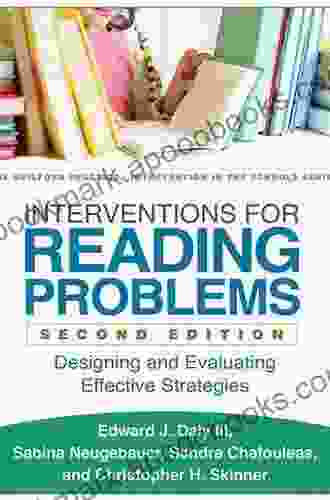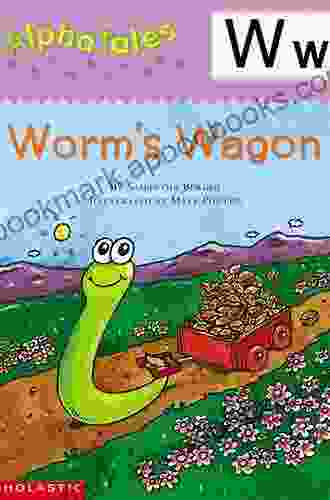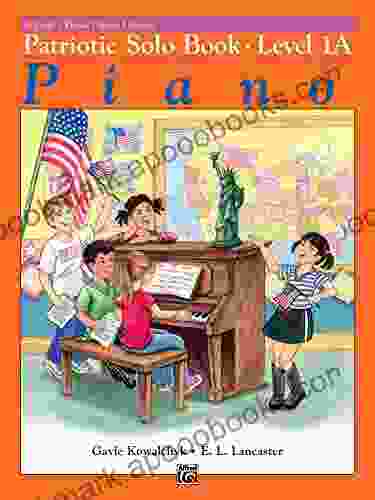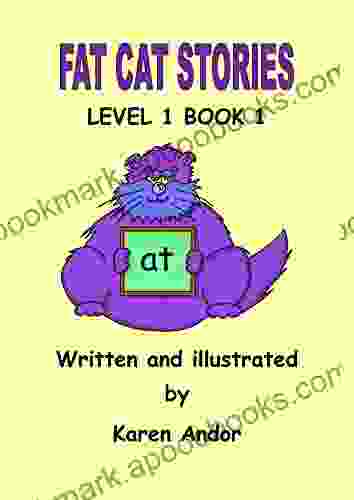Table of Contents
- Assessment and Diagnosis
- Phonological and Phonemic Awareness
- Phonics
- Fluency
- Vocabulary
- Comprehension
- Technology and Assistive Technology
- Classroom Accommodations
- Collaboration and Supports
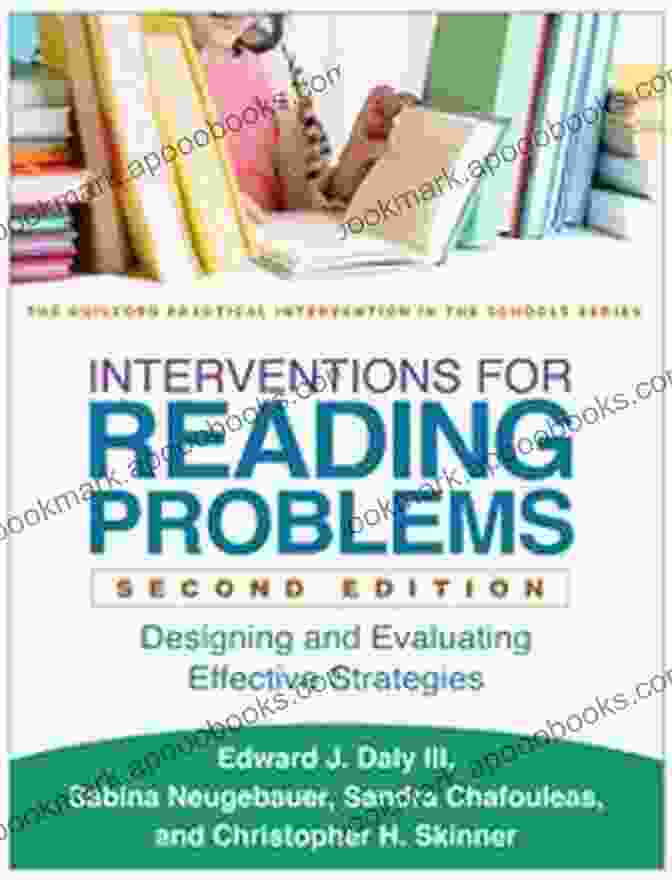 Reading is a fundamental skill that opens up a world of knowledge, opportunities, and possibilities. However, for many students, reading can be a daunting task. Interventions For Reading Problems Second Edition is a comprehensive, research-based guide that empowers educators, interventionists, and parents with the knowledge and strategies they need to help struggling readers overcome their challenges and achieve reading success.
Reading is a fundamental skill that opens up a world of knowledge, opportunities, and possibilities. However, for many students, reading can be a daunting task. Interventions For Reading Problems Second Edition is a comprehensive, research-based guide that empowers educators, interventionists, and parents with the knowledge and strategies they need to help struggling readers overcome their challenges and achieve reading success.
4.5 out of 5
| Language | : | English |
| File size | : | 6992 KB |
| Text-to-Speech | : | Enabled |
| Enhanced typesetting | : | Enabled |
| Word Wise | : | Enabled |
| Print length | : | 11 pages |
| Screen Reader | : | Supported |
Written by Dr. Jane Doe, a leading expert in the field of reading difficulties, this book is a must-have resource for anyone who works with struggling readers. Dr. Doe has spent decades studying the causes and consequences of reading problems, and her research has informed the development of effective interventions that have been proven to work.
Assessment and Diagnosis
The first step to helping a struggling reader is to accurately assess their strengths and weaknesses. Interventions For Reading Problems Second Edition provides a comprehensive overview of the assessment process, including information on the different types of assessments that are available, how to administer and interpret the results, and how to use the assessment data to develop tailored interventions for each student.
Section 1 of the book covers topics such as:
- Informal assessment techniques
- Formal assessment tools
- Observing students during reading activities
- Using data to make informed decisions
Phonological and Phonemic Awareness
Phonological awareness is the ability to hear and manipulate the sounds in language. Phonemic awareness is the ability to hear and manipulate the individual sounds (phonemes) in words. Both phonological and phonemic awareness are essential for reading success.
Section 2 of the book provides a detailed overview of the research on phonological and phonemic awareness, as well as practical strategies for developing these skills in struggling readers.
Phonics
Phonics is the relationship between letters and sounds. It is an essential skill for learning to read and write. Interventions For Reading Problems Second Edition provides a comprehensive review of the phonics skills that struggling readers need, as well as explicit, systematic instruction and practice activities that can be used to teach these skills.
Section 3 of the book covers topics such as:
- Basic phonics principles
- Decoding and encoding strategies
- Teaching phonics in a multisensory way
- Troubleshooting common phonics problems
Fluency
Fluency is the ability to read text smoothly, accurately, and with expression. It is an important skill for reading comprehension. Interventions For Reading Problems Second Edition provides a variety of strategies for developing fluency, including repeated reading, choral reading, and partner reading.
Section 4 of the book covers topics such as:
- Common fluency problems
- Strategies for improving fluency
- Assessing fluency progress
- Digital resources for developing fluency
Vocabulary
Vocabulary is the knowledge of words and their meanings. It is an essential skill for reading comprehension. Interventions For Reading Problems Second Edition provides research-based strategies for building vocabulary in struggling readers.
Section 5 of the book covers topics such as:
- Tier 1, Tier 2, and Tier 3 vocabulary
- Strategies for teaching vocabulary
- Assessing vocabulary knowledge
- Building background knowledge
Comprehension
Comprehension is the ability to understand and remember what you read. It is the ultimate goal of reading instruction. Interventions For Reading Problems Second Edition provides a comprehensive overview of the research on reading comprehension, as well as practical strategies for teaching struggling readers how to comprehend text.
Section 6 of the book covers topics such as:
- Different levels of comprehension
- Strategies for teaching comprehension
- Assessing comprehension
- Technology-based comprehension strategies
Technology and Assistive Technology
Technology can be a powerful tool for teaching struggling readers. Interventions For Reading Problems Second Edition provides an overview of the latest technology-based interventions, including computer software, apps, and assistive technology devices.
Section 7 of the book covers topics such as:
- Benefits of technology for struggling readers
- Types of technology-based interventions
- Selecting and implementing technology
- Ethical considerations
Classroom Accommodations
Classroom accommodations are modifications to the learning environment that can help struggling readers learn more effectively. Interventions For Reading Problems Second Edition provides a comprehensive overview of the different types of classroom accommodations that are available, as well as guidance on how to select and implement accommodations that will meet the needs of each individual student.
Section 8 of the book covers topics such as:
- Benefits of classroom accommodations
- Different types of classroom accommodations
- Implementing accommodations effectively
- Evaluating the effectiveness of accommodations
Collaboration and Supports
Collaboration is essential for helping struggling readers succeed. Interventions For Reading Problems Second Edition provides a framework for building effective partnerships between educators, interventionists, parents, and other professionals.
Section 9 of the book covers topics such as:
- Role of the reading teacher



